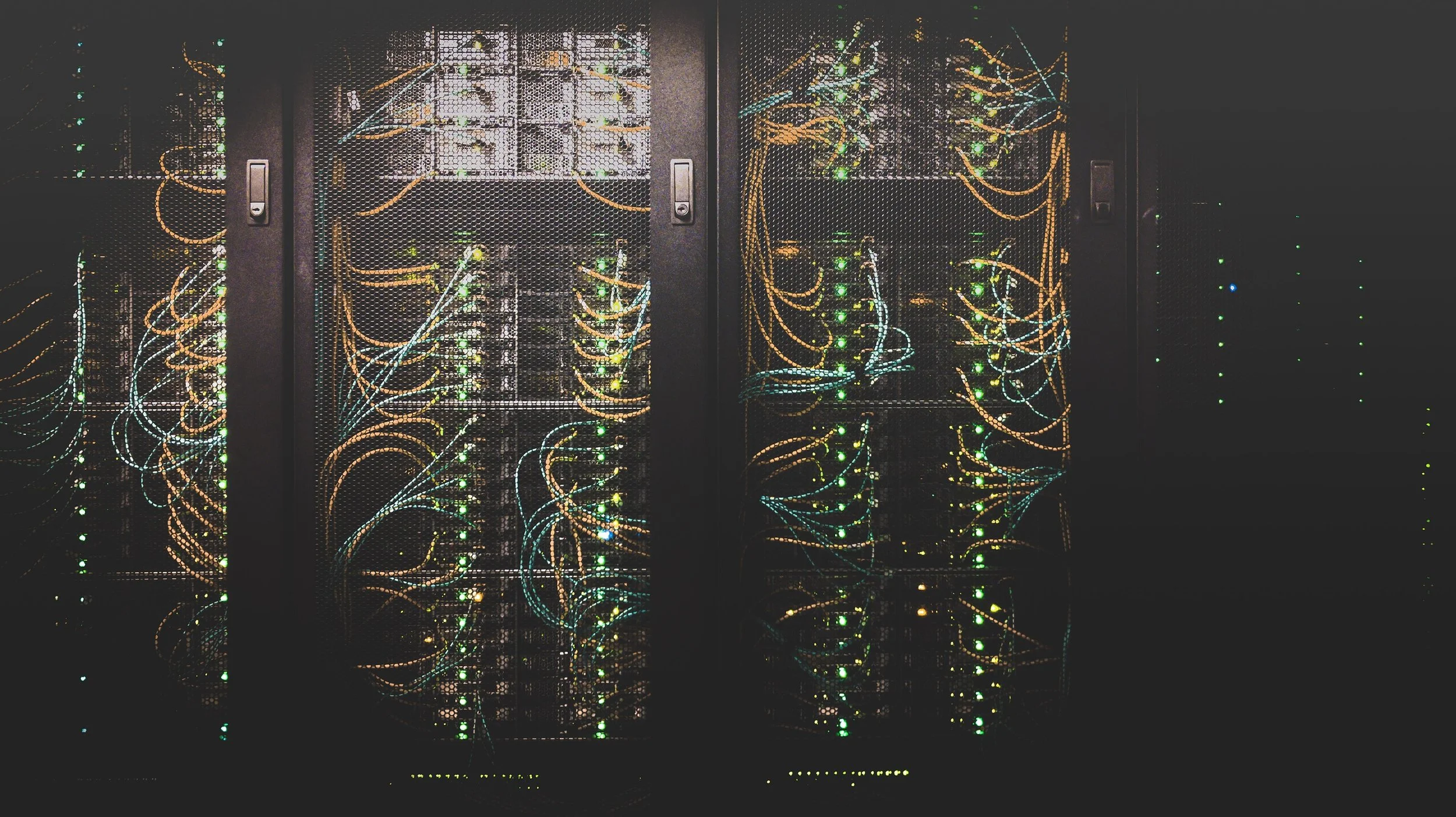Cloud Computing: A Leapfrog towards Environmental Sustainability and a Greener Tomorrow
18th March 2022
Cloud computing is a genie for environmentalists, an aladdin for businessmen and the sentinel of IT professionals world-wide. Dramatically lessening environmental impact, drastically cutting operating costs, avoiding hardware obsolescence and streamlining IT processes, cloud computing has revolutionized how we do business. In comparison to on premise data centers, cloud computing benefits include lower infrastructure investment costs, less maintenance costs, increased efficiency and, of course, a much lower carbon footprint.
It is time for each of us, on an individual level and within our homes and business, to start thinking green with every decision. Our environment is a highly complex system that operates as one living earth while supporting our existence and sustaining our every need. There are better ways to do everything we do, and there are efficient systems at our disposal to help us through the process. It’s a matter of considering how much we care about the planet and our shared future.
Cloud storage carbon footprint: Leave less behind
High-demanding data activities use huge amounts of electricity, having a negative impact on the planet. IT activities and data centers use 10% of the world’s electricity. In an on-premise datacenter situation, the IT department can account for 25% of a modern office building’s energy cost.
Cloud storage
Cloud alternatives and innovation like transfer acceleration, new computing techniques and procedures, and so on, in software design can make operations more efficient, faster and less expensive while saving notable energetic value.
The cloud storage carbon footprint is making waves as it is such an improvement on methods of the past. According to the 2018 study, “The Carbon Benefits of Cloud Computing:a Study of the Microsoft Cloud”, Microsoft’s cloud was up to 93% more energy efficient and generated up to 98% less carbon emissions than traditional data centers.
By migrating to a Google Apps based office system, which is in the cloud, a client of Google reduced server energy consumption by nearly 90% and carbon emissions by 85%. The estimated cost savings were $285,000 annually, which equates to a 93% reduction.
Renewables, the cloud, and the actions we can take
The Cloud
The cloud has always been a better option in terms of data security and efficiency, but the environmental impact has not really been given its rightful merit. The cloud storage carbon footprint is much less than that of traditional on-premise data centers and can go a long way in fixing the environmental spider web we find ourselves in with electricity usage and our data.
Research shows that hyper-scale central data centers are far more efficient and use a lot less power than local servers, so much so that although there has been a massive increase in demand for data-driven technologies in the recent past, the amount of energy consumed has not risen by a relative amount. This is due to new innovations and the cloud. Moving to the cloud helps in solving the problem of power use in data centers. Cloud storage carbon footprint is lower than that of locally-based data centers.
As we move into an age of video streaming and the huge amounts of data transfer that go with it, there are other measures we can take to minimize the use of power in the data centers that support it. ‘Stand-by’ modes, energy monitoring software, and efficient cooling systems, among many other technologies, all help use less power and make hyper-scale central data centers more sustainable.
Hand in hand, a move towards renewable energy and the cloud will see the lowering of our carbon footprint, lower emissions due to our data activities and a better future. Moving to the cloud is a great first step. Secondly, targeted efforts at moving towards renewable energy sources and reducing our carbon footprint will go a long way.
Renewables
Renewables are alternative sources of energy, including solar, wind, hydro and biofuels. Currently, 29% of global energy production is in the form of renewables, and advice from the environmental fraternity is that the figure must be at 60% by 2030. We are already seeing major impacts of our past disregard for the environment in our current weather conditions, in the form of wildfires, floods, heatwaves and so on.
Amazon Web Services is one of the top companies leading the change, aiming to be fully green by 2025. They are focussed on efficiency and continuous innovation and have pledged to be powering their operations with 100% renewable energy by 2025.
They are continuously building wind and solar power plants across the globe, and Amazon Web Services is the largest buyer of renewable energy in the world. A study by 451 Research showed that Amazon Web Services infrastructure was 3.6 times more energy efficient than the median of U.S. enterprise data centers surveyed.
How can media companies contribute?
Media companies can run their full operations, from broadcast to media storage, in the cloud. There are service providers that offer cloud-based solutions which will not only lessen carbon footprint, but also cut costs and streamline operations.
Knox Media Hub is happy to be one of those companies: As a complete, efficient Media Hub, we work to make all operations faster and more efficient. This way we will be able to not only save time and money to our clients, but to also save energy for the planet. Since we recently joined the DPP, we started our journey onto their Committed to Sustainability programme, which involves an assessment and a sustainability score.
The programme is aimed at encouraging media companies to improve on their environmental sustainability efforts within their operations and as part of a wider drive to reduce environmental impact within the industry. In addition, we run our software on Amazon Web Services. Moreover, being an Amazon Web Services partner, we share a common perspective on sustainability, and we appreciate their constant efforts to create a greener Earth.
Looking forward to a greener tomorrow
From paper to electronic to the cloud, as we commit to limiting our environmental impact it seems we may be progressing in a direction that could see a measure of success. It has never been more important for humankind to act. Simply by partnering with green-conscious companies, you can already make a move towards a better way to live and a hopeful future for all. We can do this together. For a better tomorrow: Think Green, Go Cloud.



